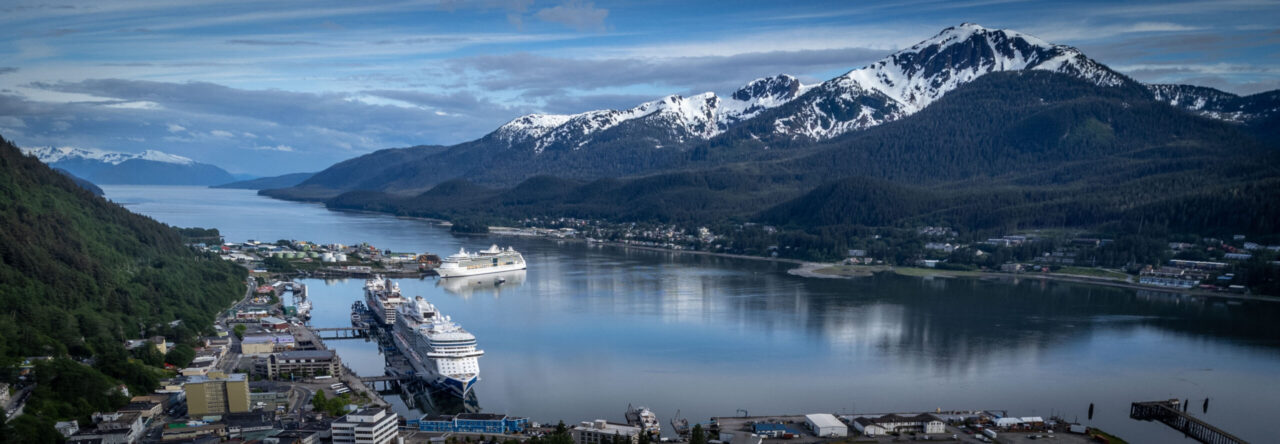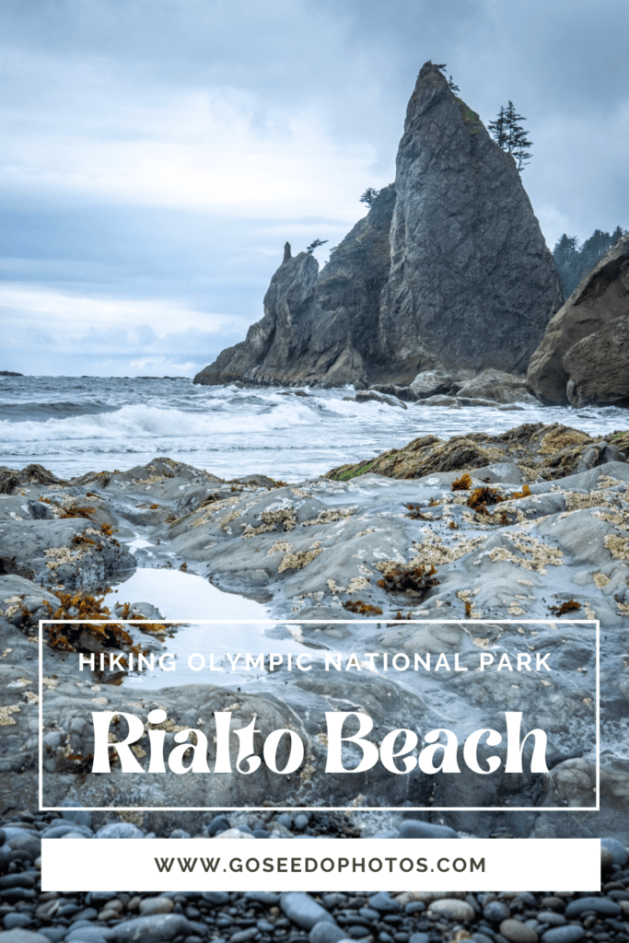
After our night kayaking adventure, we got up the next morning to hike El Yunque National Forest. Since we were traveling with my mother-in-law, we tried to convince her to do the Mt. Briton trail with us, but she was looking for something a little easier. So, we ended up hiking Juan Diego Falls. The Juan Diego Falls Trail is a short, easy trail in El Yunque that leads to a waterfall with a natural pool. The forest service map says the trail is a five-minute walk and it is absolutely worth it. Since we were there early we had the trail and the waterfall to ourselves, but I imagine it fills up with swimmers later in the day.

Currently, to access La Mina Recreation Area at El Yunque National Forest you need a timed reservation that you can get in advance for $2 at Recreation.gov. Reservations are available 30 days in advance and can book up the day they open. More open up 24 hours in advance if you are unable to get them 30 days out.
After the hike, we headed to the El Portal Visitor Center. The visitor center has been beautifully remodeled since Hurricane Maria and now has a unique, open-air design that fits in with the forest surrounding it. I enjoyed seeing the exhibits and watching the film (narrated by Benicio del Toro) and would recommend a stop here for all first-time visitors to El Yunque and Puerto Rico. A downside is that there is only one trail at the Visitor Center, the Interpretive Trail, and it doesn’t connect to other parts of the National Forest. There is an entrance fee of $8 per person, but there is a discount for America the Beautiful pass holders.
After stopping at the Visitor Center, we headed to the Angelito Trail, which is outside of the La Mina Recreation Area and leads to a popular swimming hole. Since it is outside of La Mina, you do not need a reservation to hike the Angelito Trail. Because of this, it was very busy and roadside parking was hard to find. The Angelito trail is an easy hike (.2 miles each way) through Tabonuco trees (top). We saw families of all ages on the trail and enjoying the river at the end. If you are unable to get reservations for La Mina, this is a good place to check out to get a feel for El Yunque.
Thanks for stopping by! To read more about this trip, check out the Returning to Puerto Rico Trip Report. To read about some of our previous trips, visit my Trips Page. If you like my photos be sure to “like” my Facebook Page and follow me on Instagram! For my list of gadgets to make your travels easier, click here. To see inside my camera bag, check out my updated Gear Page.






















 When planning this trip, the La Mina Falls trail looked like one of the best, easier hikes in El Yunque, but unfortunately, it has not reopened after hurricane Maria. So, we decided to hike the Mt. Britton trail. When we visited, the road through the forest was closed at the picnic area, so that added an extra mile to this hike. According to the forest service’s Facebook page, the road should be closed farther down than it actually was when we visited. The roads through the forest are steep and winding and hiking on the road felt more difficult than the trail itself. If you are planning to hike the El Yunque or Mt. Britton trails, just be aware that the road closure adds additional mileage.
When planning this trip, the La Mina Falls trail looked like one of the best, easier hikes in El Yunque, but unfortunately, it has not reopened after hurricane Maria. So, we decided to hike the Mt. Britton trail. When we visited, the road through the forest was closed at the picnic area, so that added an extra mile to this hike. According to the forest service’s Facebook page, the road should be closed farther down than it actually was when we visited. The roads through the forest are steep and winding and hiking on the road felt more difficult than the trail itself. If you are planning to hike the El Yunque or Mt. Britton trails, just be aware that the road closure adds additional mileage. Once on the trail, it was a beautiful trek through lush, tropical greenery. The trail is a 1.3 mile hike (0.8 miles each way) with 650 foot elevation gain. The forest service says this hike takes 45 minutes each way, but we went down much quicker than that! This is a steep hike so it can be tough on the knees. Make sure you have shoes with good traction as rain is frequent in the rainforest. The Mt. Britton tower (left) at the end of the trail, was built by the Civilian Conservation Corps in the late 1930s and offers beautiful views of Puerto Rico, The Caribbean, and the Atlantic. The view from the top (top) makes the climb worth it!
Once on the trail, it was a beautiful trek through lush, tropical greenery. The trail is a 1.3 mile hike (0.8 miles each way) with 650 foot elevation gain. The forest service says this hike takes 45 minutes each way, but we went down much quicker than that! This is a steep hike so it can be tough on the knees. Make sure you have shoes with good traction as rain is frequent in the rainforest. The Mt. Britton tower (left) at the end of the trail, was built by the Civilian Conservation Corps in the late 1930s and offers beautiful views of Puerto Rico, The Caribbean, and the Atlantic. The view from the top (top) makes the climb worth it!

